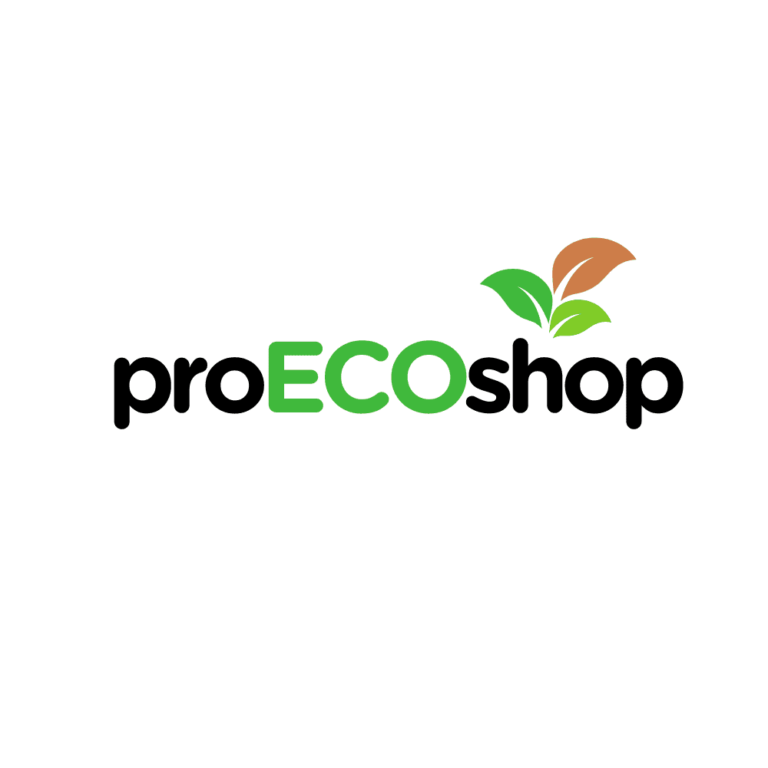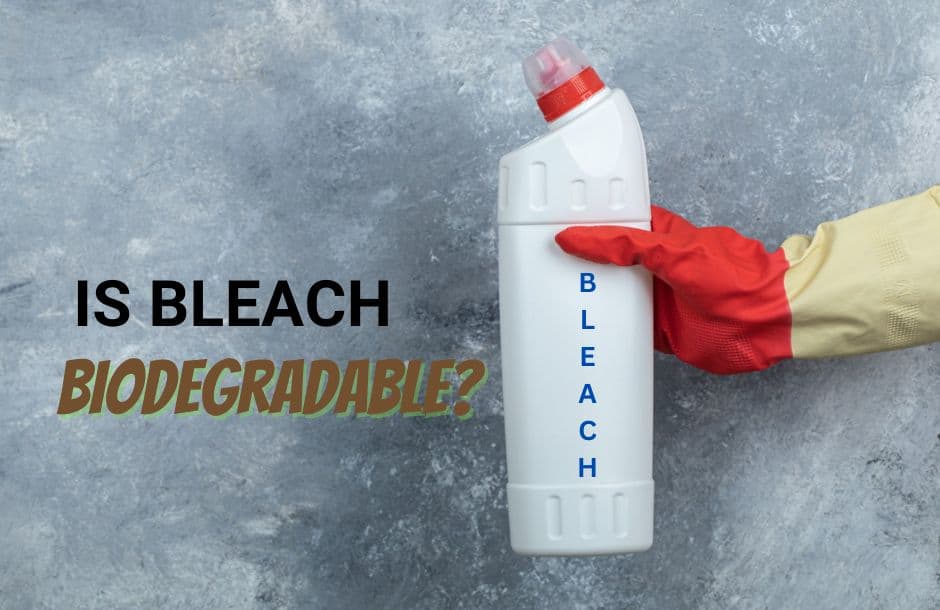Is bleach biodegradable?
There is a lot of confusion surrounding the biodegradability of beeswax. Some people claim that it is biodegradable, while others say that it is not. So, what is the truth?
Bleach is a biodegradable product, meaning that it can be broken down by natural processes into harmless by-products. The ingredients in bleach that make it biodegradable are oxygen, water, and sodium hypochlorite.
How is bleach biodegradable?
When bleach comes in contact with water, it breaks down into three biodegradable ingredients: oxygen, water, and sodium hypochlorite. These ingredients are all environmentally friendly and safe.
What is bleach made of?
Household bleach is a diluted form of hydrochloric acid. It is effective at killing bacteria, viruses and other organisms. It is also effective at removing stains and whitening clothes.
Sodium hypochlorite is the active ingredient in bleach and is responsible for its cleaning and disinfecting properties. It is made by combining chlorine with sodium hydroxide, which forms a strong alkaline base. When this compound is mixed with water, it forms a weak salt solution that is effective at breaking down dirt and organic material.
Trace chemicals are also added to bleach to help stabilize and improve its performance. These chemicals can include buffers, surfactants, and enzymes. Buffers help to stabilize the pH of the solution, while surfactants and enzymes help to break down dirt and organic material.
Environmental Impacts of Bleach Production
Bleach is a household cleaning agent that is used to clean and disinfect surfaces. It is also used to whiten clothes and remove stains. Bleach is produced by combining chlorine and sodium hydroxide. The process of producing bleach creates a number of environmental impacts.
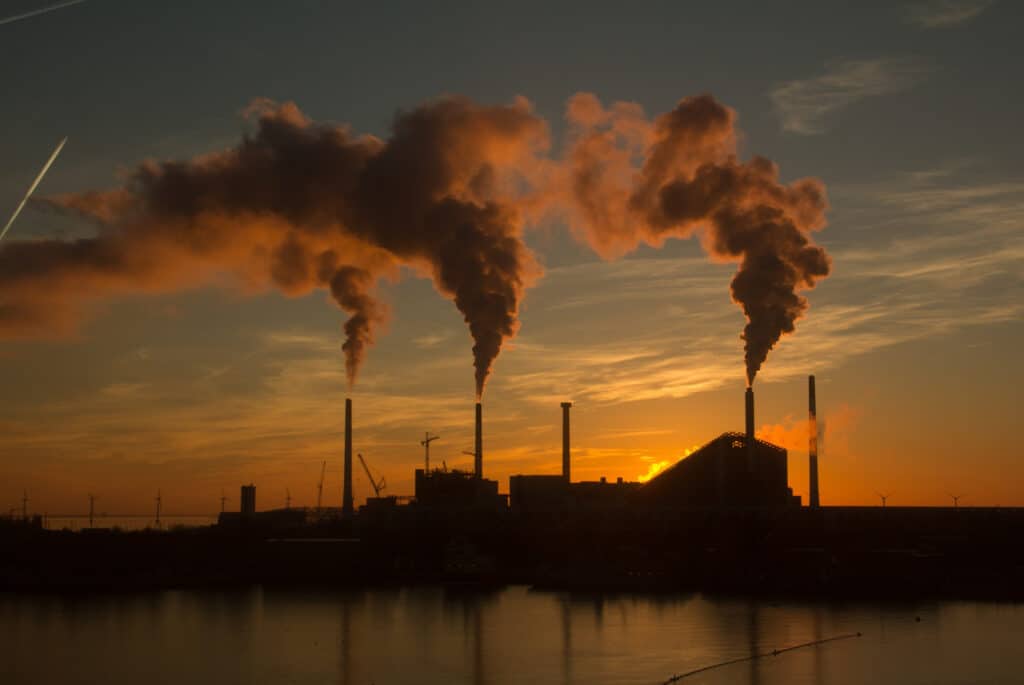
The manufacture of bleach releases chlorine gas into the atmosphere. Chlorine gas is a respiratory irritant and can cause serious health problems. It can also cause damage to the environment.
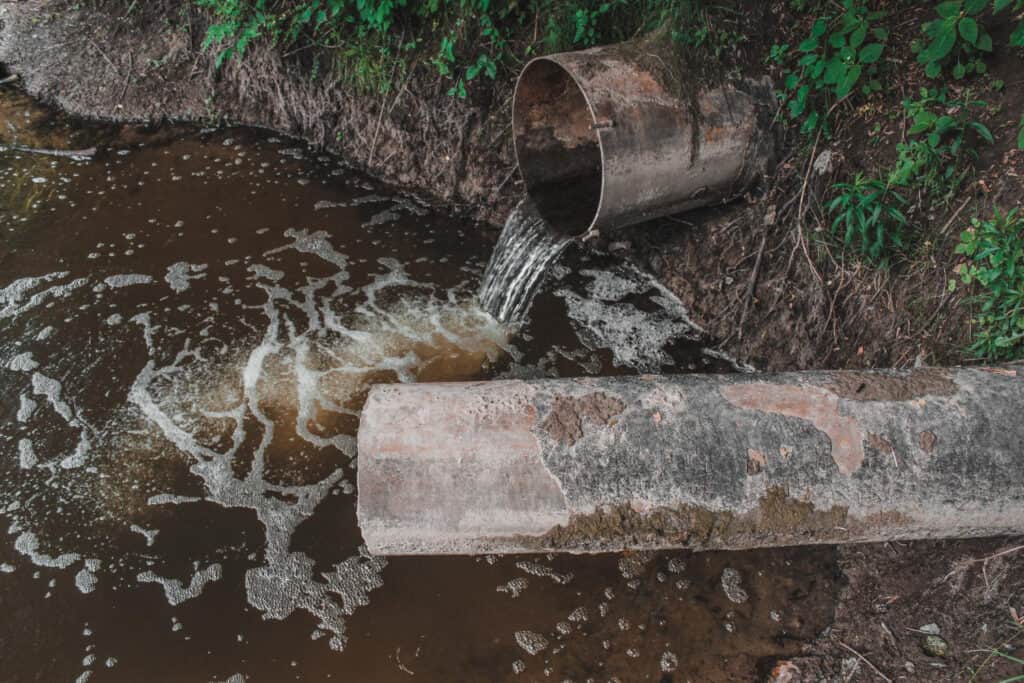
The production of bleach also creates wastewater that contains sodium hydroxide and chlorine. This wastewater can cause environmental damage if it is released into the environment without treatment.
Bleach is also a potential source of mercury pollution. Mercury is a toxic metal that can cause health problems if it is released into the environment.
Overall, the production of bleach has a number of environmental impacts. These impacts need to be considered when deciding whether to produce or use bleach.
Are bleach-free products better?
Are bleach-free products better? You may have seen this claim on some of your favorite household products, but does it actually hold up to scrutiny?
The answer is a little complicated. It depends on what you’re trying to clean. Bleach is great for whitening and disinfecting surfaces, but it also releases harsh fumes that can be harmful to your lungs and eyes. If you’re looking for a product that’s safer to use around your home, bleach-free cleaners may be a better option.
However, bleach is still effective at killing bacteria and other germs, so it may be a better choice for cleaning surfaces that need to be disinfected. If you’re not sure whether a bleach-free product is right for the job, consult the product’s label or consult a trusted cleaning expert.
Overall, bleach-free products are a safer and more environmentally friendly option than traditional bleach-based cleaners. If you’re looking for a cleaner that’s safe to use around your home, bleach-free products are a good choice.
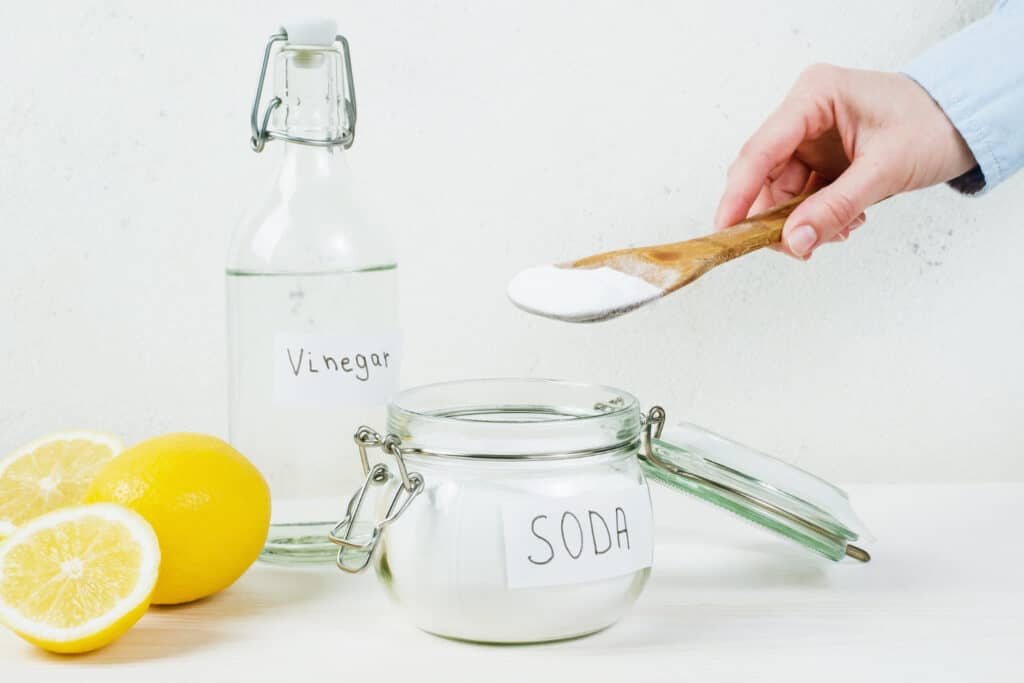
Bleach-free alternative products are those that do not contain any chlorine bleach. Instead, they use alternative ingredients to achieve the same cleaning and whitening effects as bleach.
There are a number of reasons why people might choose to use bleach-free products. For one thing, chlorine bleach can be harmful to the environment and to human health. It can also be corrosive and damaging to surfaces and fabrics.
Bleach-free products can be safer for both the environment and for people. They are also often gentler on surfaces and fabrics, which can make them ideal for use in sensitive areas such as nurseries and schools.
There are a number of bleach-free alternative products on the market, including detergents, fabric softeners, and all-purpose cleaners. Choosing the right one for your needs can be a bit of a challenge, but there are a number of products that have received good reviews from users.
One popular bleach-free alternative product is Seventh Generation’s natural laundry detergent. This detergent is made from plant-based ingredients and is free of chlorine bleach, optical brighteners, and other harsh chemicals. It is also biodegradable and safe for septic systems.
Another popular choice is Ecover’s Zero Fabric Softener. This softener is made from plant-based ingredients and is free of chlorine bleach, optical brighteners, and other harsh chemicals. It is also biodegradable and safe for septic systems.
If you’re looking for an all-purpose cleaner, you might want to try Green Works’ natural all-purpose cleaner. This cleaner is made from plant-based ingredients and is free of chlorine bleach, optical brighteners, and other harsh chemicals. It is also biodegradable and safe for septic systems.
FREQUENTLY ASKED QUESTIONS
What are the benefits of bleach?
The benefits of bleach include killing bacteria and viruses, whitening laundry, and removing tough stains. Bleach is also a very effective disinfectant, which makes it a great choice for cleaning surfaces and eliminating harmful germs.
How to use bleach safely?
When using bleach, it is important to follow the safety precautions listed on the product label. Bleach should never be mixed with other cleaning products, as this can create a dangerous chemical reaction. It is also important to avoid contact with skin and eyes, and to keep bleach out of reach of children.
Is bleach harmful to wildlife?
Yes, bleach can be harmful to wildlife. It can cause damage to their eyes, skin, and respiratory system.
Bleach is a powerful disinfectant that can kill many types of bacteria and viruses. While it is useful for cleaning and sanitizing, it can also be harmful to wildlife.
Bleach is toxic to both plants and animals. It can cause skin and eye irritation, respiratory problems, and even death. Bleach can also contaminate water supplies, making them unusable for wildlife.
It is important to avoid using bleach near waterways and to properly dispose of any bleach containers or spills. If you see a bleach spill, call your local wildlife authorities immediately.
Is bleach bad for the ocean?
Yes, bleach can be bad for the ocean. It can cause damage to the ocean’s ecosystem and can be toxic to marine life.
Bleach are also been extremely harmful to ocean ecosystems. The chlorine in bleach can react with other chemicals in the water to form a toxic by-product called chloroform. Chloroform can be toxic to marine life and can also make water unsafe for humans to swim in. In addition, bleach can also damage coral reefs. The chlorine in bleach can bleach coral reefs, making them less colorful and less healthy.
Does bleach break down in water?
Yes, bleach breaks down in the water easily. In fact, it’s one of the reasons why it’s so effective at cleaning surfaces and clothes. The molecules that make up bleach are very small and easily dissolve in water, which means they can quickly penetrate and remove dirt, grease, and other stains.
How long does bleach decompose?
Bleach is made up of sodium hypochlorite, which is a strong bleaching agent. When sodium hypochlorite comes into contact with organic matter, it quickly breaks down and decomposes. The decomposition process of bleach is relatively quick, and it typically takes less than 24 hours for the bleach to completely break down.
Can bleach cause an allergy?
There is some confusion about whether bleach can cause an allergy, but the truth is that it can. In fact, any kind of harsh chemical can cause an allergy, and bleach is no exception.
If you have any kind of allergy to bleach, it’s important to take steps to avoid coming into contact with it. This means taking special care when cleaning, and always reading the labels of any cleaning products you use. If you have any questions, be sure to ask your doctor.
It’s also a good idea to keep a first-aid kit handy in case of an accidental bleach exposure. This kit should include items like bandages, gauze, and antiseptic wipes. If you experience any symptoms after coming into contact with bleach, be sure to seek medical attention right away.
Is bleach toxic?
There’s a lot of debate over whether bleach is toxic or not. Some people say that it’s perfectly safe to use, while others claim that it’s poisonous and can be very dangerous. So, what’s the truth?
According to the Centers for Disease Control and Prevention, bleach is definitely toxic. In fact, it’s considered a poison and can be harmful if ingested. It can also cause skin and eye irritation, and even respiratory problems.
So, if you’re thinking of using bleach in your home, be very careful. Make sure to read the labels and follow all the safety instructions. And if you do happen to get any bleach on your skin, rinse it off right away.
key takeaways
Bleach is a biodegradable product that has many benefits for cleaning and disinfecting. When used safely, bleach is a great choice for keeping your home clean and healthy.
